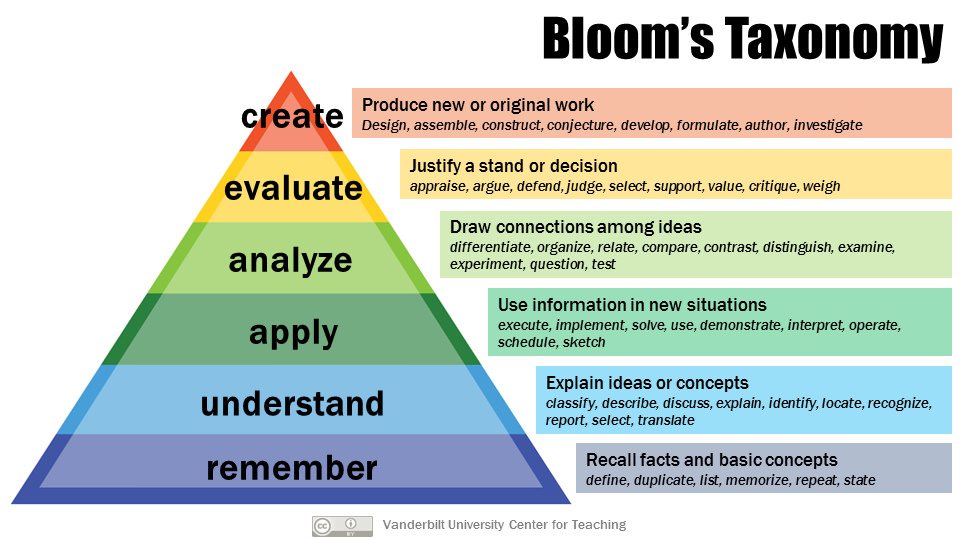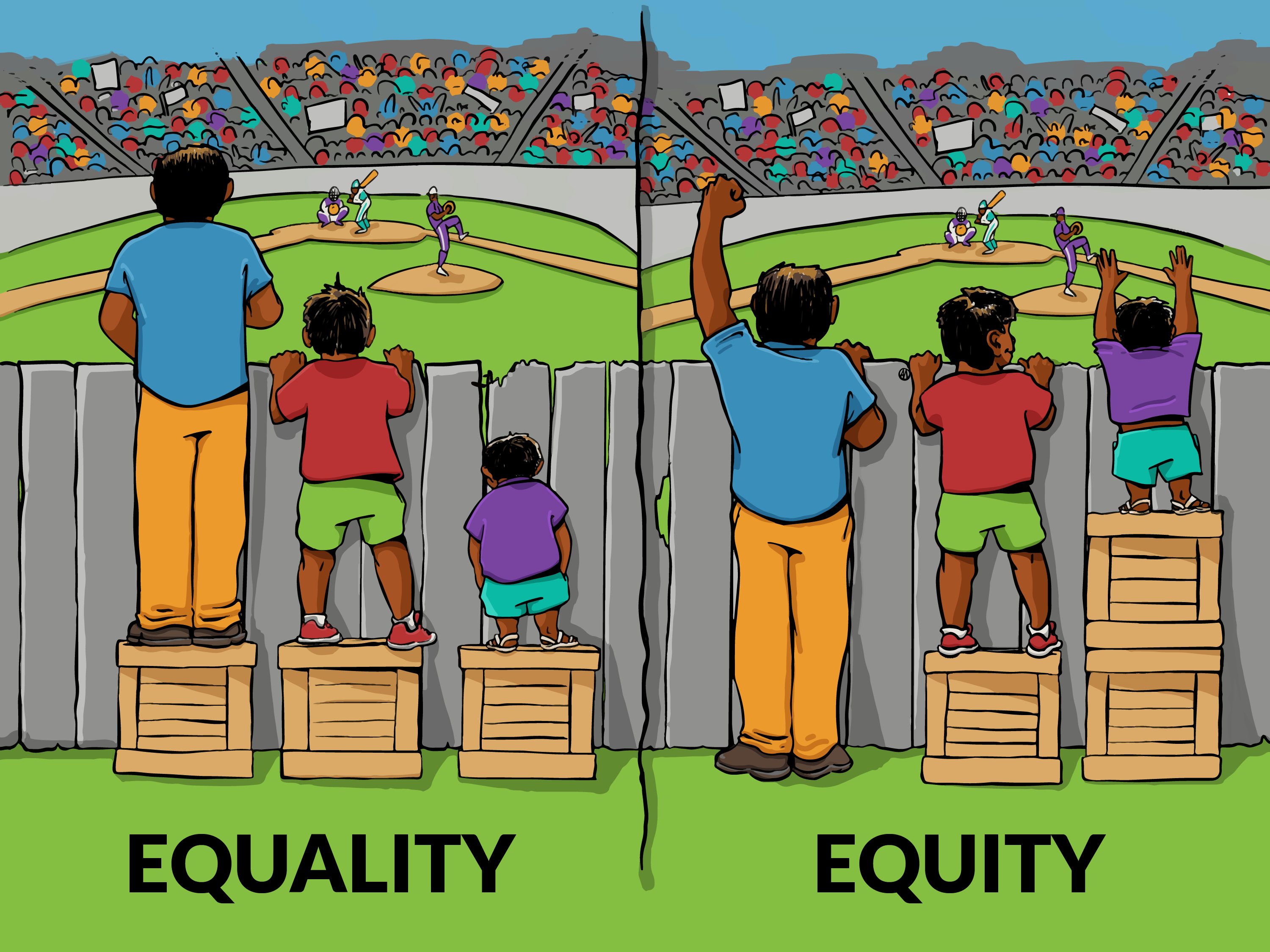Good courses are often designed from the end (what students should have learned) to the beginning, that is, using a backward design model. This model has been produced by McTighe & Wiggins in their work Understanding by Design (UbD, 2012), and as you begin to build your course, and define your clear, measurable learning objectives, these initial questions will help you structure and populate your course with appropriate activities, assignments, and assessments.
Clear learning goals create a roadmap for instructors to design course content that is relevant to the course objectives and has clear methods of assessment. Tying individual course goals and expectations to departmental and programmatic expectations further supports students’ learning and achievement throughout the curricula.
1. Goals 2. Learning Objectives 3. Assessments
1. Pose big, essential questions to write course goals
- What big, essential questions will your course help students answer? Or what abilities (or qualities) will it help students develop? These are your course goals.
- Identify a major (“big”) question that your discipline and course might help to answer. Use this resource to help guide you.
- Identify smaller, yet still significant, sub-questions from your discipline that will help answer the larger question.
- Or, try this: What should students be able to do, know, think, or appreciate by the time they finish your course?
- More information on the Understanding by Design model.
2. Be specific and action-oriented in crafting learning objectives

Learning objectives are student-centered, measurable and observable, and clearly stated so that students and instructors understand what is expected and will be measured; they may define the conditions under which performance or achievement of the objectives will be measured (Nilson 2010; Fink 2013; Wiggins & McTighe 2005; Linder 2017).
Learning objectives are aligned with but different from course goals and learning outcomes. Learn more from ITDS.
You can use several free online tools available from the University of Ottawa and the University of Central Florida to write good, clear, and student-centered learning objectives that emphasize the purpose and outcomes of the course. Or, try our homegrown tool found below.
3. Design course assignments that connect to goals and objectives
Assessments, or tasks, can be in any genre or format, individual or collaborative, brief or lengthy, as long as they enable students to demonstrate learning relevant to a course goal or learning objective.
Use the learning objectives to ensure assessment of these items, and then also review your decisions for variety, an opportunity for feedback, and appropriateness to the student population. Consider these questions:
- Are the tasks assessable? With criteria that students can understand?
- Are the tasks realistic, tied to the real world?
- Are the tasks varied in their nature, drawing on different learning style strengths that students may have?
- Are the tasks well scaffolded, with practice, and steps, and opportunities for feedback that will support success?
4. Be equity-minded in your approach
Image from: Interaction Institute for Social Change; Artist: Angus Maguire
Equity-minded instructors continually work to understand:
- biases: one’s own, one’s discipline’s, in the history of education
- learning differences, known and unknown
- the power of stereotype threat, and the tools to mitigate stereotype threat
- measurement/assessment in their field within the context of bias mitigation
- the value of diverse representation, references, and examples.
- See more at Equitable and inclusive teaching]
Use a template
Write your syllabus right: Clear and directive (Google doc)
The link opens to an open Google doc. Simply download in Word or make a copy in Google docs and go through the steps before you even get into your Canvas course shell.
Updated 07.21.22 SR

